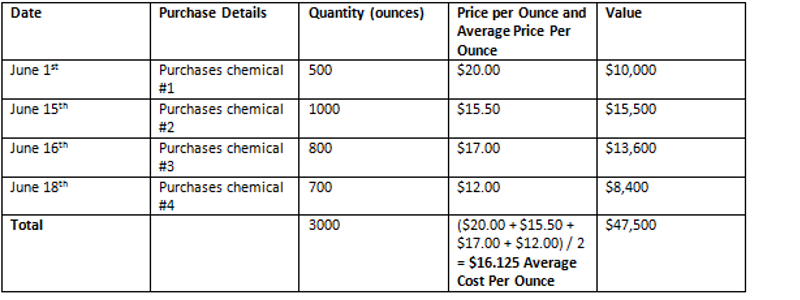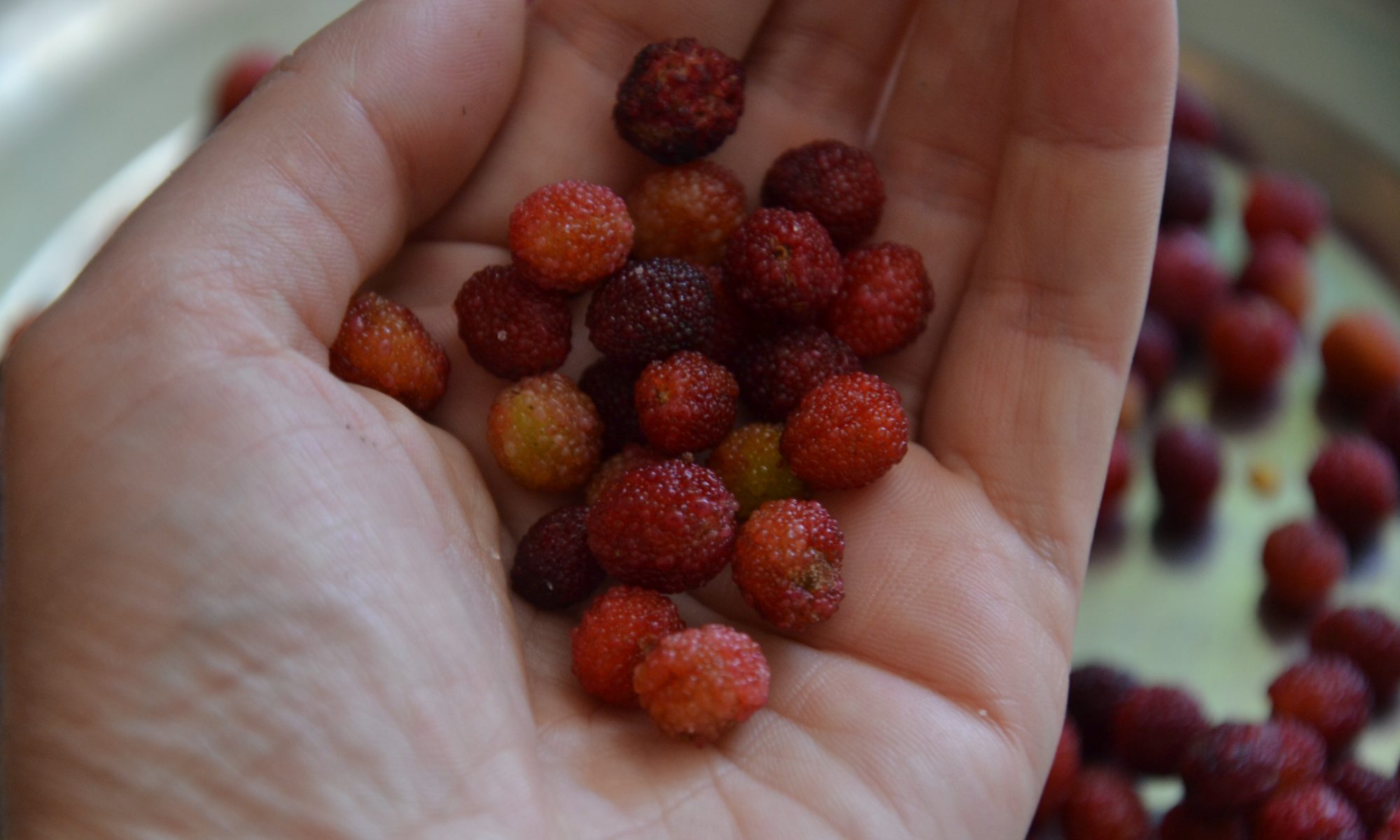It is the 3rd new model from Palm this year following the Treo 755p and Treo 500v. Palm basically t k all that’s g d concerning the 755p, and packed it in to a much leaner and lighter human anatomy. The Centro brings lots of top quality smartphone features including 3G wireless data and a full qwerty keyboard into the $99 range.

Presently smartphones that are traditional make-up a miniscule 5% associated with US market for mobile devices, projected to be around 8 million sold annually (IDC). Needless to say how many smartphones sold is commonly expected to climb up, but Palm’s hopes today are that the Centro’s brand new appearance and low price will help them to utilize and take on the notably bigger „feature phone“ market section which can be within the 160 million product range in america alone.
The approach with the Cento is always to appeal to a more youthful demographic by operating being a communications that are personal first. Most likely the fresh design and smaller form element will appeal to new and first time smartphone users, and also require been defer by the majority and company like trustworthiness of previous devices.
Design The Palm Centro is at first available in a range of two colors from Sprint, onyx ruby and black red. The casing is really a plastic that is sm th silver trim accents that place across the edges, right back and front buttons. The situations colors have a nice sparkle that is subtle in their mind when seen in close proximity. Overall the brand new design is a g d refinement for the classic Treo kind element, although the Centro comes with an alot more plasticy feel to it than previous Palm devices. Palm still can not appear to allow it to be thinner that is much however the compactness and pleasantly symmetrical rounded design regarding the Centro supplies a positively smaller impression.
Present over the the top of unit is the ever convenient quiet mode switch. At the top associated with front is a tiny Light-emitting Diode charge indicator and also the ear-speaker along with the Sprint logo design. The screen is followed below with a newly designed button array that is flat. Again the display is sunken a millimeters that are few the body associated with unit. Making the display flush aided by the surface associated with the device (a la iPhone) would to a tremendous amount to create this a much more classier sleeker searching device. Having said that, the buttons are mostly flush against the surface and do provide a nicer, sm th appearance. The circular racetrack directional pad protrudes out a bit and hides a fittingly simple Palm logo design in the inside center selector.
The sides associated with unit are mostly sm th utilizing the aforementioned chrome-ish silver band running around the perimeter. The remaining side contains the volume buttons and customizable side key, as the right consists of this now seldom used IR window and memory card d r that is hidden. The memory home is a little bit of an unintuitive design peculiarity while you can’t access it without first removing the trunk battery pack cover (more on that later).
The bottom of the unit has got the 2.5mm headset jack, the „athena“ multi-connector and energy port while the inlet that is mic. An odd addition is really a lanyard l p that is new. This is usually a little small post where you are able to connect a wrist band or one particular „phone charms“ being so popular in Japan. Sony utilized to add one of these for each of the Clie PDA devices, nonetheless I don’t think I’ve ever seen one of these brilliant on a Palm device prior to.
I need to provide Palm bad marks for a corner associated with unit using the detachable battery pack d r being the main culprit. Even though attached usually the d r feels notably squishy and can display a tendency to creak and flex whenever held tight. It’s also a magnet for fingerprint smudge buildup with its glossy sheen. Sliding it well can be a challenge that is real well as there isn’t any particular point to utilize pressure so that you can produce friction to disengage the address. It can also be awkwardly tough to obtain the home back on since it is not extremely intuitive how exactly to reattach it precisely. Usually this wouldn’t be so much of a issue, but in purchase to gain access to the storage device home and also to reset the device you need to actually replace the back address.
The included stylus is one of the flimsiest i have ever seen added to a computer device. It’s a positive thing it’s not utilized very often, as this 1 is just slightly thicker than the usual t thpick and simply provides to force. The Centro also continues the no reset button policy that is recent. One must simply disconnect the battery pack to be able to reb t the Centro. The same procedures use for difficult resets, you have to eliminate and reinsert the battery pack while holding down the power switch since the unit restarts.
Centro Hardware
The Centro is running on a 312 MHz Intel PXA270 XScale processor. This is the exact chip that is same on all past Palm OS Treo models considering that the Treo 650 premiered in 2004. Palm will need to have made some g d changes to b st performance since the Centro feels somewhat more responsive and snappy, in contrast to its predecessors. You are able to maneuver around the OS with up for it dating less lag and switching between apps really feels a bit faster. This will be probably attributable to improvements built to the interior memory architecture and file system, but I could just speculate as Palm won’t discuss any specifics regarding performance and claims the Centro’s internals act like present Treo’s. Additionally seems like stability is addressed as well as the Centro did not reb t on me spontaneously through the span of my assessment.
A 128 MB non-volitile (NVFS) chip is up to speed for system memory, of which about 68.8 MB is user-available for storage space. CorePlayer states the heap that is dynamic 8097 kb. A microSD slot occurs for memory expansion which could accommodate microSD cards up to 4 GB in size.
Show The Cento features a 1.56″ x 1.56″ inch, 320 x 320 pixel display that is TFT supports as much as 65,000 colors. It’s really a nice screen and the smaller dimensions aren’t an impediment, it actually l ks a lot sharper because of the increased pixel thickness. It’s also plenty bright and is significantly more than adequate for daily use when toned down to about 50% regarding the brightness slider. The display screen does tend to wash out a bit in bright, direct sunlight, but is still readable. My hat goes off to whoever figured out or thought to eliminate the worthless 2 pixel white border that commonly surrounds the shows on Palm OS products. This can be a very first color Palm OS device i have seen that eliminates the this odd edge artifact.
